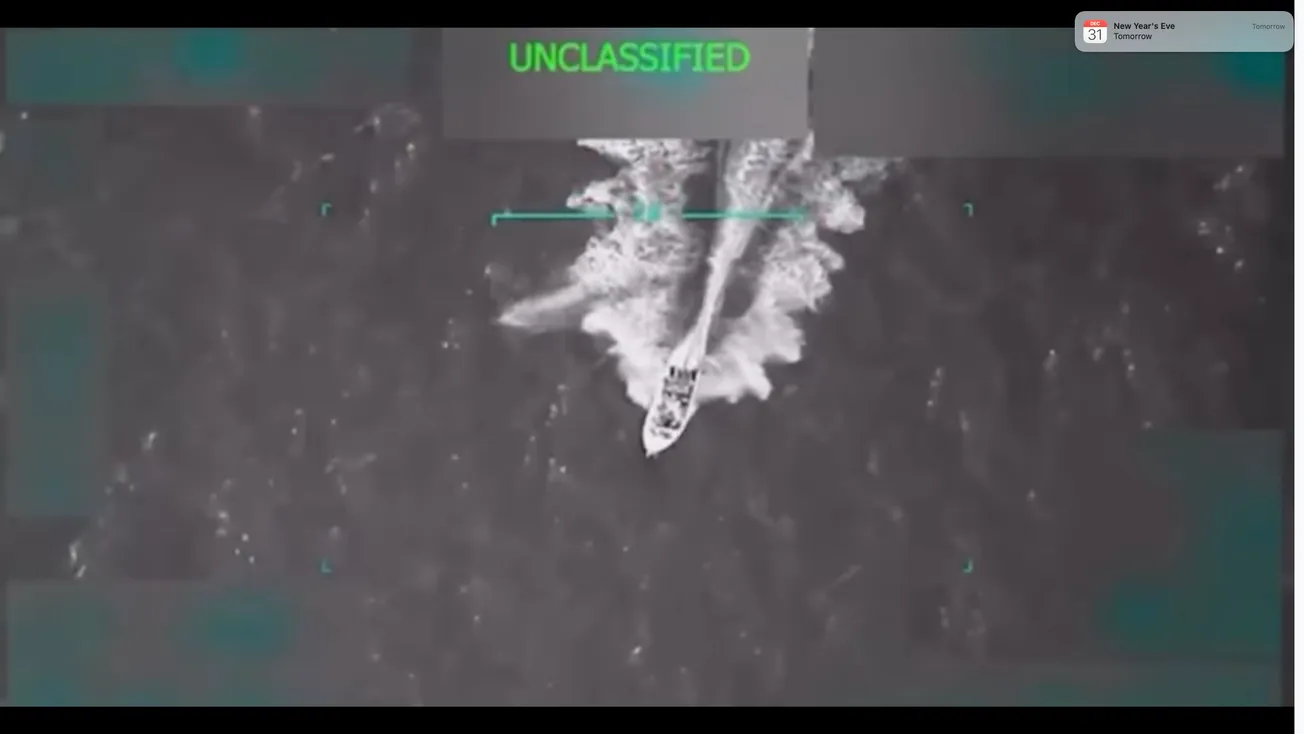The Defense Department is determined to push ahead with the modernization of U.S. nuclear forces under the alleged danger of coordinated threats from Russia and China. “The security environment we face today is unprecedented,” Undersecretary of the Air Force Melissa Dalton told the annual conference of Air & Space Forces Association’s 2024 Air, Space & Cyber Conference on Sept. 18. “We face for the first time in our nation’s history, two strategic competitors that are nuclear states with large and growing nuclear arsenals. When we look at the [People’s Republic of China] and its breathtaking modernization over the last two decades, we see today they have over 500 operational nuclear warheads, far exceeding prior projections.”
Dalton claimed that in the coming years, the U.S. expects China’s warheads to exceed 1,000. At the same time, she said, Russia also remains a challenge. “We see Russia brandishing its nuclear weapons in the context of the Ukraine conflict and also possessing novel nuclear capabilities that are designed to challenge our escalation calculus,” she said. “The stakes are incredibly high.”
But Sulgiye Park, Senior Scientist with the Union of Concerned Scientists, debunks the notion that China will have a 1,000 warheads–some claims go as high as 1,500–in the next few years. “Open-source estimates of China’s past fissile material production indicate that China does not have enough plutonium to make the more than 1,000 nuclear warheads the Pentagon claims China will deploy by 2035,” she writes at the outset of an article for Union of Concerned Scientists published yesterday. “The extra plutonium needed to produce new weapons, the Pentagon says, will come from China’s new fast breeder reactors, a type of nuclear reactor that produces more plutonium than the uranium and plutonium it consumes for fuel. Recently, U.S. official Vipin Narang claimed that Russia, which has a contract to supply the highly enriched uranium (HEU) for those reactors, is ‘literally’ fueling China’s nuclear weapons program.”



